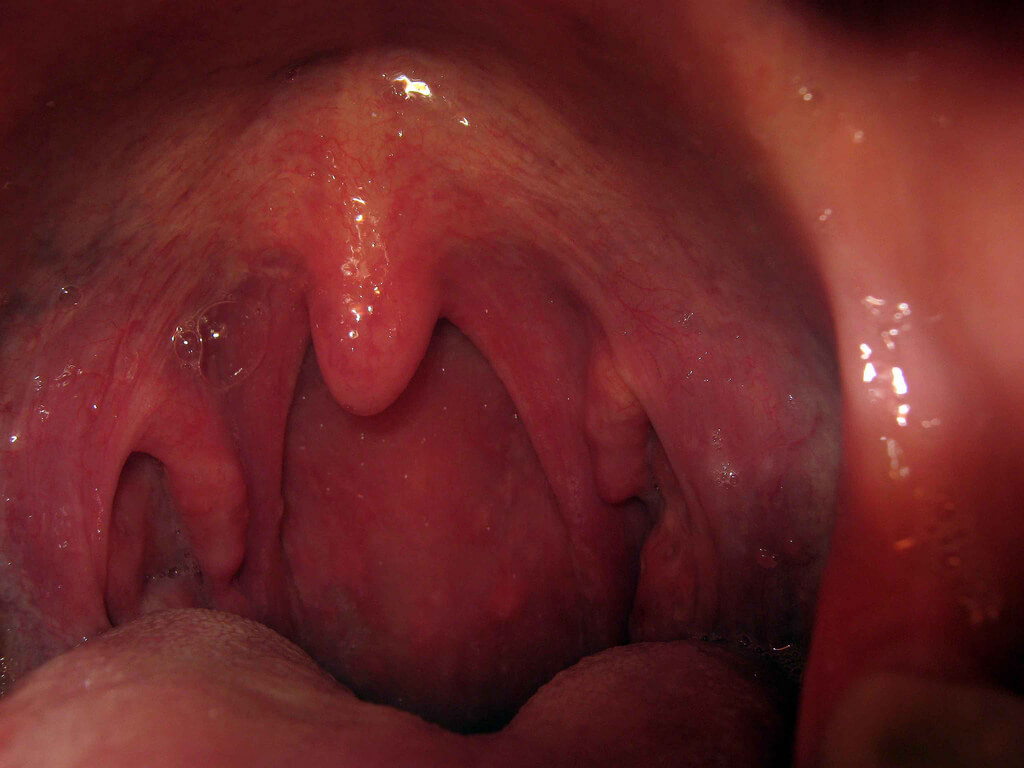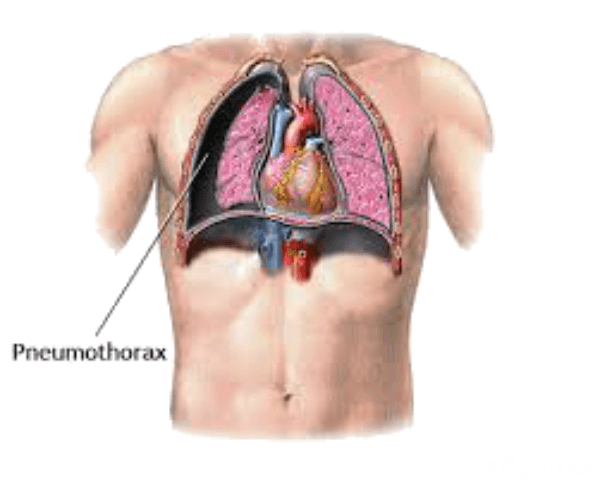There are chances of emerging anesthesia side effects during the process of surgery. They can also work during the process of recovery. Depending on, the kind of side effects of anesthesia can vary. It is the temporary state of more than one analgesia, paralysis, amnesia, and unconsciousness. The general anesthesia that involves sedation provided by means of inhalation and intravenous medications. In 1846, William Thomas Green Morton who was the American dentist and demonstrated the use of inhaled ether as a surgical anesthetic. This idea of him became the statement or the obsession for his whole life. There is the regional type that involves only parts of the body that are numbed below the waist. One type is local it involves small areas of the body that are numbed. Some of the negative consequences include frustration that is for short term periods only.
Table of Content
What are the different types of the anesthesia?
There are three main types of the anesthesia: Local anesthesia, General anesthesia, and regional anesthesia.
- General anesthesia
It involves the suppressing of the central nervous system and causes the unconsciousness and lack of the sensation. It involves the total lack of the sensation. Sedation is also responsible for the suppressing of the Central nervous system to the least degree. It is also responsible for the anxiety and creation long term memories with resulting in the unconsciousness.
- Local anesthesia
It blocks the flow of the nerves at the specific part of the body and the central nervous system. It is responsible for the loss of the sensation in the targeted part of the body. A patient in the local anesthesia remains conscious.
- Regional anesthesia
It is similar to the local anesthesia as it blocks the flow of the nerves at the specific part of the body and the central nervous system. It is responsible for the loss of the sensation in the targeted part of the body. A patient in the regional anesthesia remains conscious.
Side effects of anesthesia
Following are the anesthesia side effects.
- Nausea and vomiting
One of the most common side effects of general type is nausea and vomiting. It starts in the initial days of surgery those results from a number of factors involving, medication, type of surgery and motion.
- Sore throat
During the process of surgery, a tube is inserted in the throat for the purpose of breathing. But when the tube is removed it can result in a sore throat.
- Confusion
When the patient wakes up from surgery he is usually confused. For older people, confusion can last for days or weeks.
- Muscle ache
Medications are used to relax the muscles of the patient. The tube can cause soreness anyhow.
- Itching
Some of the side effects of narcotics include itching. Patients are given this medication during general anesthesia.
- Hypothermia
It includes chills and shivering of the body. When patients get conscious after surgery they go through hypothermia.
Some serious side effects of general anesthesia include;
- Postoperative delirium or cognitive dysfunction
This is a condition that involves confusion and sometimes memory loss.
- Delirium
Patients suffer from delirium for few days. Patients get confused they forget a thing and become disoriented. Delirium usually ends in a week. Intensive care can eliminate this condition.
- Cognitive dysfunction
Patients having heart disease, lungs disease, Parkinson’s disease, Alzheimer’s disease can face the long-term memory loss. Patients who suffered a stroke in past can also have memory loss.
- Malignant hyperthermia
Some people develop malignant hyperthermia after medication. This can originate in surgery and cause fever and muscle contractions.
Regional type includes; some of the potential negative consequences includes epidural and spinal block.
- Headache
If the needle is injected near the part of the spinal cord than it may cause the leakage of the spinal fluid and it can lead to a headache.
- Back pain
Back pain includes the lower part of the back, the middle part of the back and the upper part of the back. The back site where the needle is inserted can cause soreness and pain in the back.
- Difficulty in urinating
They area below waist gets numbed and it can cause difficulty for the patient to urinate. It weakens the bladder and causes the prostrate to expand which results in the difficulty in the urination.
- Hematoma
When medication is inserted it can cause the skin to bleed. It causes the swelling of the tissue of the skin and causes bleeding.
- Pneumothorax
- Pneumothorax
If medication is inserted near the lungs area there are chances of the needle entering the lungs. The lungs can collapse resulting in the need for test tube insertion. The presence of the air in the cavity between the lungs and the chest wall is responsible for the collapse of the lungs.
- Nerve damage
During the process of surgery, the nerve may get damaged causing severe pain and memory loss. These are some side effects of anesthesia.
The impacts of using local medication are far less dangerous compared to the general type. The negative effects of local type can be handled and removed easily. They are controllable. However, the past surgeries can cause complications to the patient.
Side effects of anesthesia after surgery
This is one of the most common side effects, it may occur in 1st day of surgery. It may occur from some factors like the medication, movement and any surgery. General anesthesia side effects include vomiting and Nausea.
How long does it take for the anesthesia to wear off?
This question is often asked by the people that how long the side effects of the anesthesia lasts, the answer to this question is that the teeth will be dazed after two to three hours, the tongue and lips dazed for 3 to 5 hours from the time of the injection. The Dazed feeling goes away as the flow of the blood carries out it away from the injection site.








Recent Comments